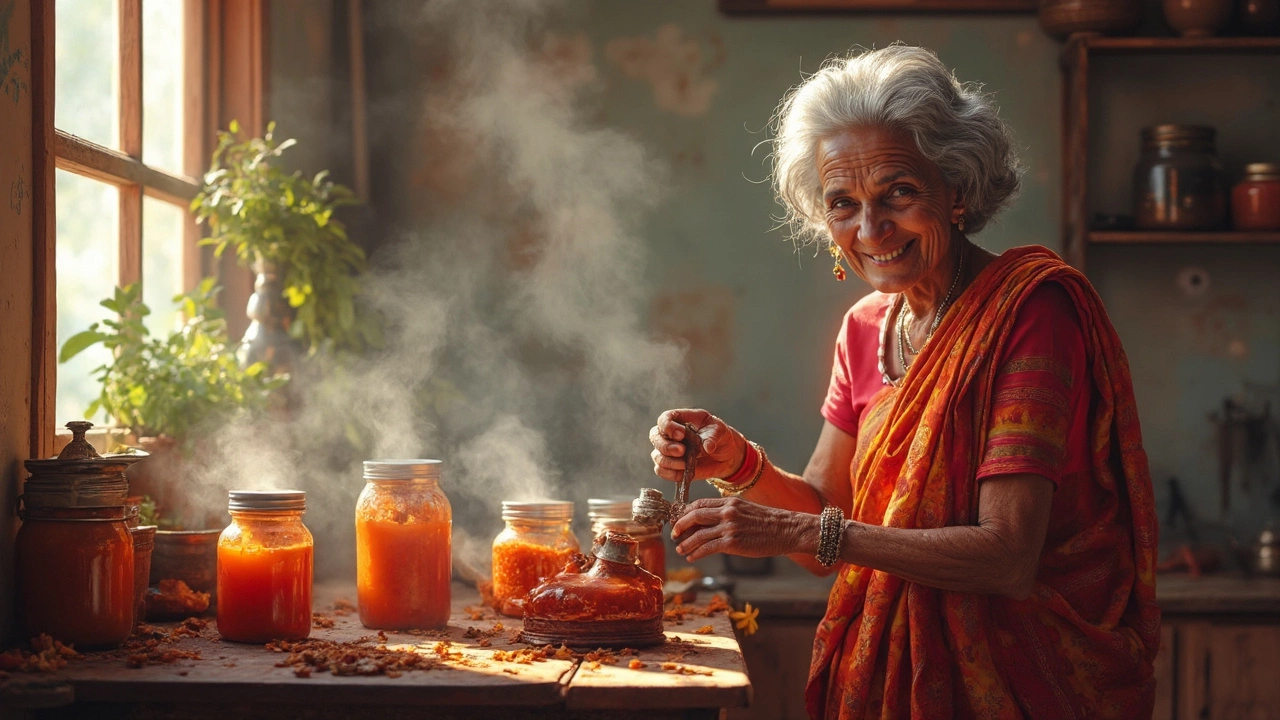Food Preservation: Simple Ways to Keep Indian Meals Fresh
Ever cooked a big batch of sambar or chutney and wondered how to stop it from going bad in a day? You’re not alone. A few smart tricks can stretch the life of your favorite dishes, save money, and cut food waste. Below are the basics you can start using right now, no fancy equipment needed.
Why Preserve Food?
Fresh Indian cooking often uses perishable items – fresh herbs, coconut, yogurt, and ripe mangoes. When those ingredients spoil, the whole dish loses flavor. Preserving locks in taste, keeps nutrients intact, and lets you enjoy seasonal recipes year‑round. It also means fewer trips to the market and less hassle during busy weeks.
Top Preservation Techniques
1. Refrigerate Smartly. Store cooked dishes in shallow containers within two hours of cooking. Shallow trays cool faster, preventing bacterial growth. Keep the lid slightly ajar for the first 20 minutes, then seal completely. Most curries, dals, and stews stay good for 3‑4 days.
2. Freeze for Long‑Term Storage. Portion out meals into freezer‑safe bags or containers. Press out excess air, label with date, and lay flat to freeze. Most cooked rice, biryani, and paneer dishes hold up for 2‑3 months. Thaw in the fridge overnight and reheat gently to avoid texture loss.
3. Use Acidic Brines. For pickles, chutneys, and sauces, add a splash of lime juice or vinegar. The acid slows down microbial growth and brightens flavors. A simple 2‑hour rest after mixing can make a cucumber pickle last up to a month in the fridge.
4. Dry and Store Spices. Fresh spices like curry leaves, green chilies, or ginger lose potency quickly. Slice them thin, spread on a tray, and let them air‑dry or dehydrate at low heat. Once dry, store in airtight jars away from sunlight. You’ll have ready‑to‑use flavor boosters for weeks.
5. Ferment Wisely. Fermented foods like idli batter or dosa starter thrive at room temperature for a few days. Keep the container loosely covered and stir daily. When the batter smells pleasantly sour, transfer it to the fridge to slow further fermentation.
6. Pack in Glass. Glass jars are non‑reactive and seal tightly, making them ideal for jam‑like mango pulp or coconut milk. Fill jars up to the rim, wipe the rim clean, and tighten the lock. A quick boil‑water bath can turn a daily batch into a shelf‑stable preserve.
7. Control Moisture. For dry snacks like roasted peanuts or masala popcorn, store them in zip‑lock bags with a paper towel to absorb excess humidity. This keeps them crispy for weeks.
Putting these steps into practice takes less than five minutes a day, but the payoff is huge. Your fridge stays organized, your pantry looks stocked, and you can grab a ready‑made curry on a lazy evening without worrying about spoilage.
Remember to always trust your senses – if something smells off, looks moldy, or has an unusual texture, it’s safer to toss it. Food preservation is about extending life, not risking health.
Start with one technique you feel comfortable with, like freezing leftovers, and add more as you go. Soon you’ll have a stash of fresh‑tasting Indian meals ready whenever cravings hit.
Should You Seal Chutney Jars While They're Piping Hot?
Find out if you should seal chutney jars while they're hot to ensure safety and freshness. This article explores boiling and sealing methods, tackling common preservation mistakes to keep your chutney in peak condition. Get practical tips on sterilization and jar sealing to avoid spoilage. Whether you're a seasoned chutney maker or new to the craft, learn how to preserve your tangy creations properly.
